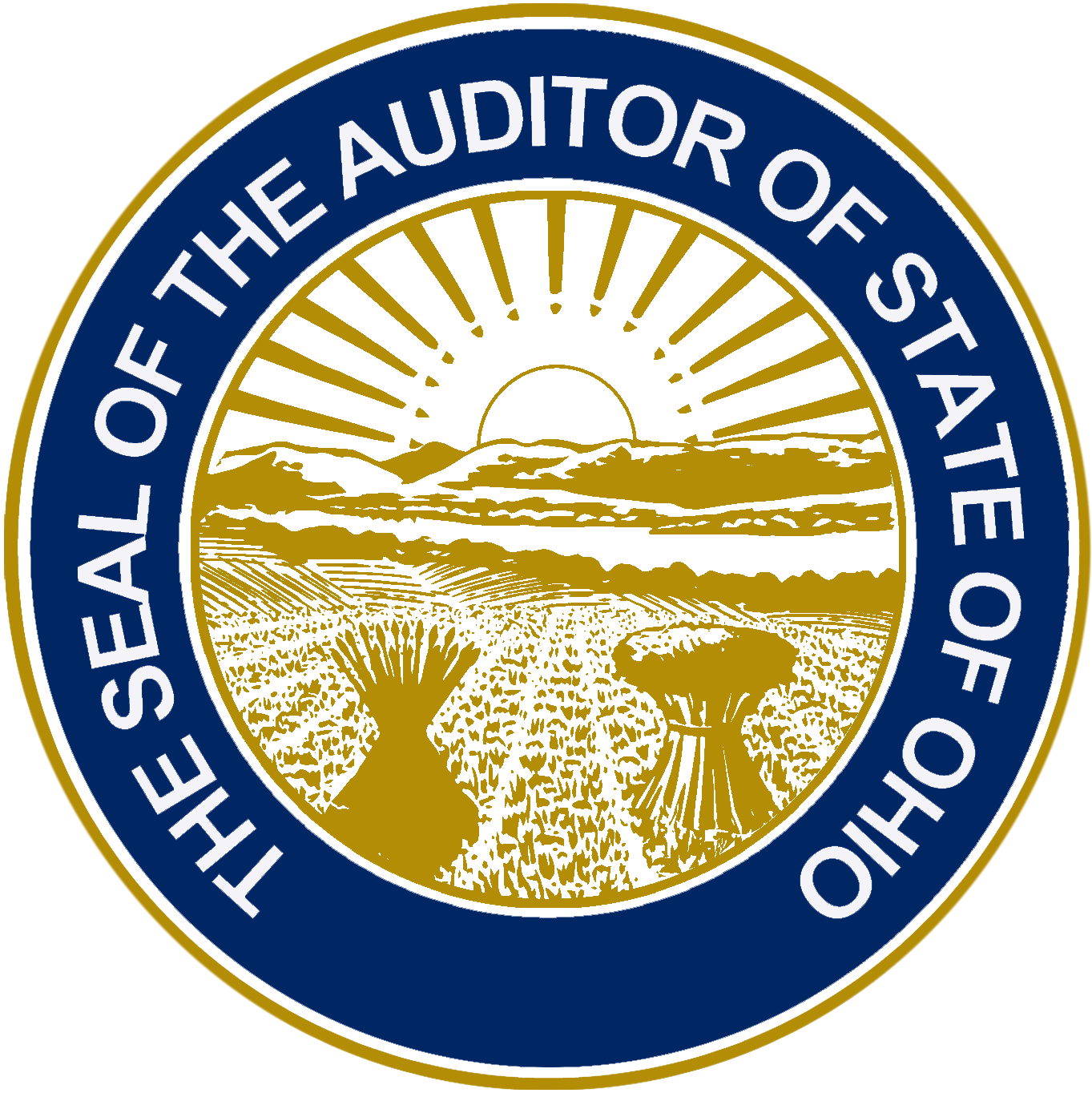
Press Release • Ohio Auditor of State
Audit: ODOT Could Save $3.5 Million with Data-Driven Improvements
Columbus – The Ohio Department of Transportation (ODOT) could save up to $3.5 million annually by replacing outdated structures with more efficient facilities that are more strategically located, according to a performance audit released today by Auditor of State Dave Yost.
The audit recommends ODOT improve its data collection so better analysis can be conducted into how its facilities are utilized and what capital improvements are needed for its aging collection of buildings, as well as how services such as snow removal and road maintenance are delivered.
More than 60 percent of ODOT’s 125 sites were built before 1988 and 28 percent of its structures currently in use were built in the 1960s.
“DOT leaders will soon be making important decisions about which structures to replace and where to locate them,” Auditor Yost said. “By using a data-driven process, the leadership of ODOT will make the best decisions possible for taxpayers and those who travel our roads.”
By gathering data more efficiently and consistently across all facilities, the audit said ODOT would be able to better evaluate site conditions, usage and usefulness, and determine if some full-service outposts might be consolidated and the former locations be used as supply yards instead. Effective use of the data could save ODOT $3.5 million.
The audit, performed at the request of the department, will assist ODOT in quantifying the value of its Master Planning Process initiative in relation to the management of its facility assets. The planning process, which began in 2011, has resulted in the replacement of 28 full-service garages and 10 outposts. As a result of these replacements, the average age of ODOT’s full-service garages is projected to decrease from 26.6 years in 2013 to 22 years in 2018.
Despite this progress, ODOT still faces challenges such as:
- A growing number of aging sites: Due to historical construction patterns, ODOT will see a “bubble” of sites reaching the end of expected useful life in the near future. Because state guidelines estimate the useful life of a building ranging between 20 and 45 years (depending on their construction and usage), ODOT will have 16 full-service garages and 69 outposts at or beyond its expected useful life in the next 12 years.
- A capital budget with insufficient capacity to meet needs: ODOT has not historically had a capital budget capacity sufficient to keep up with the demand for full-service garage and outplacement services. Without exploring alternative options, such as reducing and/or replacing outposts with yards, ODOT would need to increase the expected capital budget by $121.7 million, based on estimated construction needs in the next 3 to 12 years.
The scope of this audit was confined to the area of Capital Planning and Budgeting. The objectives of this audit were completed with an eye toward analyzing the department, its programs and service delivery processes for efficiency and cost-effectiveness, while maintaining customer responsiveness.
Among the Auditor’s recommendations:
- ODOT should develop a consistently applied, data-driven process to guide capital planning and budgeting decisions. The process should involve input from key stakeholders, including Central Office, district, and county leadership, in order to identify key metrics to assess which sites are most critical to the department’s mission. At a minimum, the process should include a standardized method to:
- Evaluate each site’s conditions and assessing deferred maintenance;
- Evaluate each site’s purpose in meeting the department’s mission; and
- Compare all sites, as well as alternative options, such as replacing outposts with yards where possible, in order to optimize capital investment.
The potential savings identified by the audit for this area is $3.5 million.
- ODOT should implement a uniform process that allows for the accurate and timely collection of utility and site operating and maintenance data and information. In addition to standardizing the data collection process, ODOT also may benefit from improving the technology it uses to capture operating and maintenance data.
- ODOT should implement a uniform process that allows for the accurate and timely collection of operations data and information including routes, equipment and weather events.
- ODOT should incorporate formal cost/benefit analyses into the facilities planning process to identify and implement opportunities for greater efficiency and effectiveness. These analyses should use data and information from operations, primarily snow and ice control as well as facilities to assess the business needs and evaluate relative costs and benefits of alternative facility options. One opportunity already identified is to repurpose the Laurelville Outpost, which has surpassed its estimated useful life, as a yard in order to reduce overhead costs while still meeting operational needs. The potential savings identified by the audit for this recommendation is $65,000.
Legislation championed by Auditor Yost in 2011 requires performance audits be conducted of at least four state agencies each biennium. Other state agencies chosen to undergo performance audits this biennium include the Ohio Bureau of Workers’ Compensation and the Ohio Department of Health.
A full copy of this performance audit is available online.
###
The Auditor of State’s office, one of five independently elected statewide offices in Ohio, is responsible for auditing more than 5,900 state and local government agencies. Under the direction of Auditor Dave Yost, the office also provides financial services to local governments, investigates and prevents fraud in public agencies and promotes transparency in government.
Contact:
Beth Gianforcaro
Press Secretary
614-644-1111